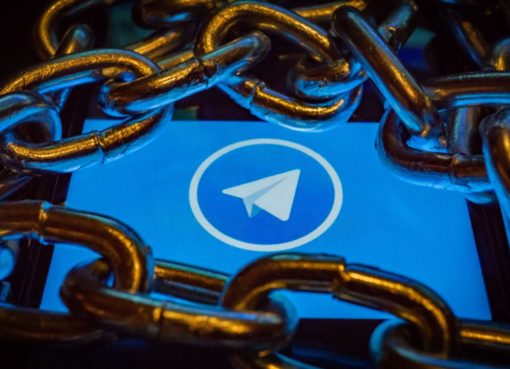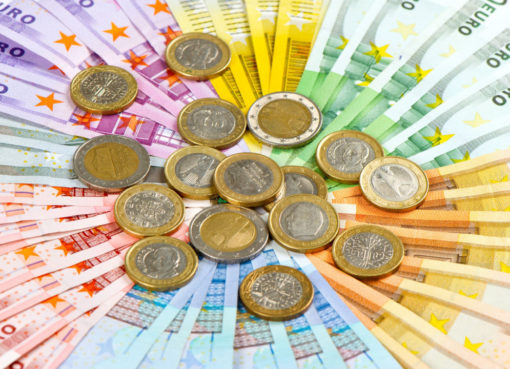It wasn’t long ago the Ethereum 2.0 upgrade went live on an official test network. Developers have been catching mission-critical bugs in the code ever since.
“This is the biggest testnet launch that Ethereum 2.0 has seen… So we learned about things that were frustrating for people. We found some bugs. We’ve been troubleshooting a very interesting and elusive bug at the moment that can cause nodes to crash,” said Paul Hauner, the lead developer of the Ethereum 2.0 Lighthouse client.
Also testing the new Eth 2.0 mock network – called “Medalla” – and finding some surprises along the way is staking-as-a-service startup Staked. In the mind of Tim Ogilvie, co-founder and CEO of Staked, all of the bugs and unexpected issues on the Medalla network thus far are relatively minor and give no cause for concern.
“We run 25 other proof-of-stake networks and so we’re used to running in testnets,” Ogilvie said. “We see a lot of the same issues in testnets, which is that sometimes the software doesn’t communicate perfectly or has issues where the network needs to be restarted. I think [Eth 2.0] is in pretty good shape relative to a lot of the other testnets we’ve seen.”
That said, both Hauner and Ogilvie agree there are important features about the Eth 2.0 network that users need to understand before staking their ETH.
A “really important one,” according to Ogilvie, is the fact that once ETH is transferred to the Eth 2.0 network, it cannot be transferred back to the original Ethereum blockchain.
“It is a one-way trip until the next phase [of Ethereum 2.0 development] has been enabled. Your funds are not liquid. Really, the only thing you can do is participate in staking. People have to understand that fundamentally before they get started,” Ogilvie said.
For early access to future CryptoX Research podcast episodes, be sure to click subscribe on these channels.




